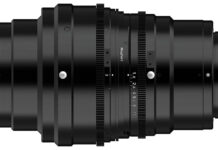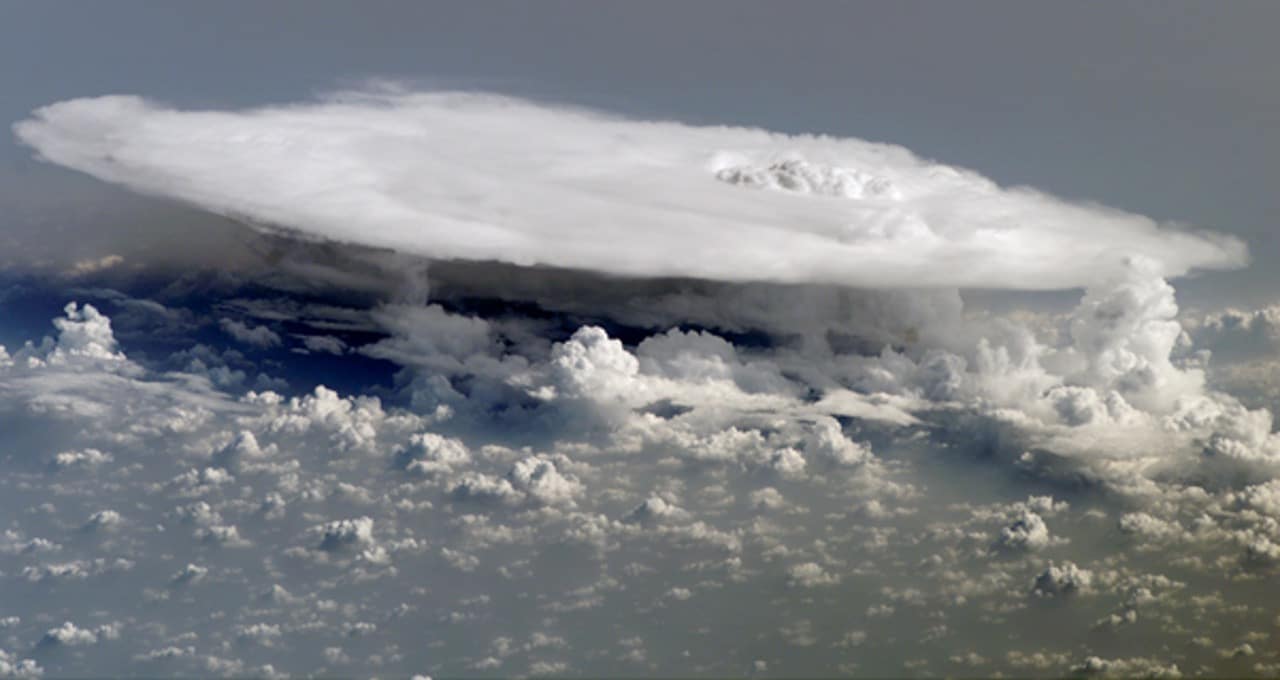Advanced Weather Prediction with NVIDIA’s StormCast: A Leap Forward in Climate Research
In the face of increasing occurrences and intensities of hurricanes, tornadoes, and other extreme weather events, the need to enhance and speed up climate research and prediction is more crucial than ever. Leveraging the latest technological advancements, NVIDIA Research has announced a groundbreaking generative AI model named StormCast, aimed at improving weather prediction precision and speed.
The Advent of StormCast
StormCast is designed to emulate high-fidelity atmospheric dynamics, facilitating reliable weather predictions at the mesoscale level—a scale larger than individual storms but smaller than cyclones. This capability is vital for effective disaster planning and mitigation. The model’s introduction is detailed in a collaborative paper with the Lawrence Berkeley National Laboratory and the University of Washington.
Amidst the current peaks of the Atlantic hurricane season, the urgency for such innovative solutions is palpable. Extreme weather phenomena have been increasingly devastating, claiming lives, destroying homes, and causing over $150 billion in damage annually in the United States alone.
Generative AI: A Game-Changer in Climate Research
Generative AI, a subset of artificial intelligence that can generate new data based on existing information, is driving significant advancements in climate research and actionable weather prediction. By utilizing this technology, scientists can address some of the most critical challenges, including saving lives and mitigating the impacts of extreme weather events.
NVIDIA’s Earth-2 platform exemplifies this technological synergy. Earth-2 is a digital twin cloud platform that integrates AI, physical simulations, and computer graphics to simulate and visualize weather and climate predictions on a global scale with unprecedented accuracy and speed.
Real-World Applications and Benefits
At the COMPUTEX event in June, NVIDIA founder and CEO Jensen Huang introduced CorrDiff, an AI model integrated with Earth-2. In Taiwan, the National Science and Technology Center for Disaster Reduction employs CorrDiff to predict detailed typhoon patterns. The model can super-resolve atmospheric data from a 25-kilometer scale down to 2 kilometers—achieving this 1,000 times faster and with 3,000 times less energy than traditional methods.
The cost-saving implications are significant. Work that previously required nearly $3 million using CPUs can now be accomplished with approximately $60,000 on a single system equipped with an NVIDIA H100 Tensor Core GPU. This demonstrates how generative AI and accelerated computing can enhance energy efficiency and reduce costs substantially.
The Center also plans to use CorrDiff to predict downwash, a phenomenon where strong winds are funneled down to street level, potentially causing damage to buildings and affecting pedestrians.
StormCast: Advancing Hourly Predictions
StormCast brings an additional layer of capability to CorrDiff by enabling hourly autoregressive prediction, which means it can forecast future weather patterns based on past data. This enhancement is crucial for creating more accurate and timely weather predictions.
Regional Focus with Global Impact
Effective global climate research often begins at the regional level. Weather and climate-related hazards can vary significantly by region, necessitating high spatial resolution for accurate predictions. However, achieving this level of detail traditionally comes with high computational costs.
Convection-allowing models (CAMs) are used by meteorologists to track the development and structure of storms. These models help monitor the storm’s convective mode, or how it organizes during formation. For instance, the likelihood of a tornado can be inferred from a storm’s structure and convective mode.
CAMs are also vital for understanding the impact of weather-related hazards on infrastructure. They can translate slow changes in atmospheric moisture into flash-flooding projections in vulnerable coastal areas.
Machine Learning and Weather Prediction
Machine learning models, trained on global data, have become useful tools for emulating numerical weather prediction models that improve early-warning systems for severe weather events. These models typically have a spatial resolution of about 30 kilometers and a temporal resolution of six hours. StormCast, utilizing generative diffusion, enhances this capability to a 3-kilometer, hourly scale.
Despite being in its early stages, StormCast, when used with precipitation radars, already provides forecasts with lead times of up to six hours that are about 10% more accurate than NOAA’s current 3-kilometer operational CAM. The outputs from StormCast exhibit physically realistic heat and moisture dynamics, predicting over 100 variables such as temperature, moisture concentration, wind, and rainfall radar reflectivity at multiple altitudes. This allows scientists to confirm the realistic 3D evolution of a storm’s buoyancy, marking a significant advancement in AI weather simulation.
Training and Implementation
NVIDIA researchers trained StormCast on approximately three-and-a-half years of NOAA climate data from the central United States, utilizing NVIDIA’s accelerated computing to speed up the calculations.
Future Innovations and Collaborations
The scientific community is eager to harness the benefits of StormCast. Tom Hamill, head of innovation at The Weather Company, noted the significant impact of organized thunderstorms and winter precipitation. He emphasized the challenge of forecasting these events confidently, highlighting StormCast as a notable model addressing these challenges. The Weather Company is excited to collaborate with NVIDIA on developing, evaluating, and potentially deploying these deep learning forecast models.
Imme Ebert-Uphoff, the machine learning lead at Colorado State University’s Cooperative Institute for Research in the Atmosphere, also praised the potential of AI algorithms like StormCast to resolve convection. She cited it as a significant step towards developing future AI models for high-resolution weather prediction.
A New Era of Climate Research
Alongside the acceleration and visualization of physically accurate climate simulations, the development of a digital twin of our planet, and other research breakthroughs, NVIDIA’s Earth-2 is ushering in a new era of climate research. These advancements underscore the transformative potential of combining AI with climate science to create more accurate and actionable weather predictions.
For more information on sustainable computing and NVIDIA Research, which spans numerous fields including climate AI, computer graphics, computer vision, self-driving cars, and robotics, you can explore their comprehensive resources and publications.
Conclusion
NVIDIA’s StormCast represents a significant leap forward in weather prediction and climate research. By leveraging generative AI and advanced computing, this innovative model provides more accurate, timely, and detailed weather forecasts, essential for disaster planning and mitigation. As the scientific community continues to explore and refine these technologies, the potential to save lives and protect communities from the devastating impacts of extreme weather events becomes increasingly attainable.
Featured image courtesy of NASA.
For detailed terms and conditions regarding software product information, please refer to NVIDIA’s official terms of service page.
For more Information, Refer to this article.

































